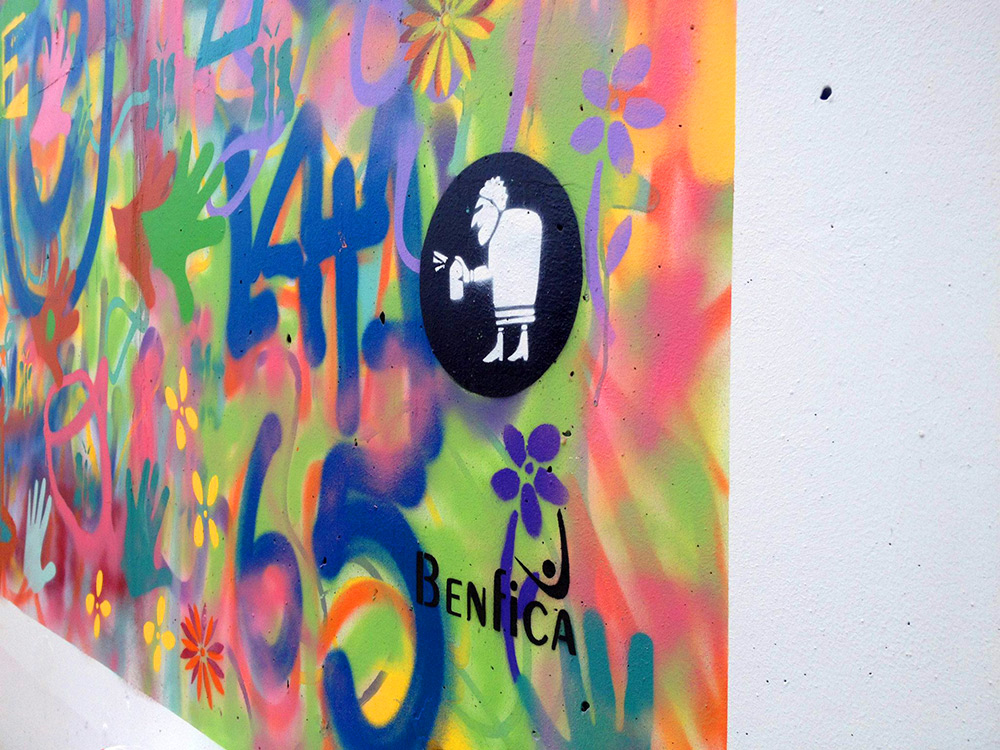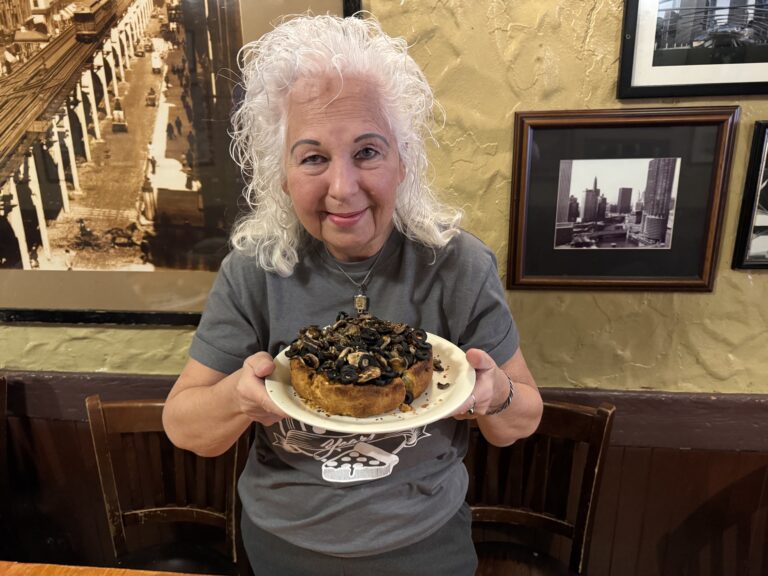Dad’s been gone over a year now. It was time to sit down with Mom and have that uncomfortable but necessary conversation about moving on. I started with simple suggestions.
“How about returning to golf, Mom?” I said.
“My knees are acting up. And my back. And my joints. Then there’s my vision …”
OK, not a good launching point.
“You’ve always enjoyed cooking, right?”
“Cooking for one is not exactly a joyous activity.”
I couldn’t argue with that.
“Volunteer at the hospital?”
“Too depressing.”
“Gardening?”
“My knees are acting up. And my back. And my joints …”
“OK, I get it,” I replied, while realizing this could be more difficult than I first thought. It was time to pull out the heavy artillery.
“Graffiti artist in Portugal?”
“Excuse me?”
I grabbed her iPad and pulled up the Facebook <a href=”https://www.facebook.com/Lata65″ target=”_hplink”>page </a>of LATA 65, boasting thousands of “likes” and containing dozens of photos of senior citizens roaming the streets of Lisbon, Portugal, armed with spray paint “latas,” which is Portuguese for “can.”
“What a wonderful idea, Greg,” Mom said. “Send your nearly 80-year-old mother overseas and have her deface one of Europe’s most beautiful cities. Will you and my grandchildren visit me in prison? I can hardly wait to meet my celly. How do you say ‘shank’ in Portuguese?”
“Calm down Mom, it’s perfectly legal,” I said, quickly launching into my limited knowledge of LATA 65, gleaned solely from online articles and social media. The organization seeks to break down the negative connotations often associated with graffiti – “street art” to its supporters – by painting colorful designs in some of Lisbon’s most blighted areas. And what better way to show that graffiti can beautify a city, as opposed to attracting warring gang factions, than by employing the geriatric set to create art?
I showed Mom photos of grandmas and nanas sitting around a conference table, plotting designs and cutting stencils. Scrolling further, I shared pictures of these same women, some wearing rubber gloves and fume-preventing surgical masks, transferring their concepts to murals, pavement and the sides of buildings. In one photo, women who looked as if they came straight from Tuesday afternoon book club triumphantly hoisted their latas aloft, signaling a successfully completed project.
“So, what do you think?” I asked Mom. “See the world, meet new friends, learn a foreign language, and create visual statements that will endure long after you’re gone. You could cross off an entire Bucket List in one trip!”
“I’m not much for art,” she replied. “And I don’t know anything about painting.”
“That’s where the mentor program comes in,” I said, reminding her that this mature gang doesn’t prowl Portuguese ‘hoods unsupervised. All workers paint in tandem with professional street artists, who school them in the finer points of urban graffiti.
“I’d miss everybody back home,” Mom said.
“Think of it as a work-study program,” I said. “Go over there for about 10 weeks, learn the craft and bring your skills back here. There must be a few areas in your subdivision that could benefit from a dose of Portuguese-infused urban art.”
“Come to think of it, the clubhouse exterior looks a little drab. And don’t get me started on the tennis court,” she said. “Of course any improvements, changes or modifications would require a two-thirds vote of the homeowners association.”
“Worry about that later,” I said. “Right now you need to run to Home Depot, grab a lata or three, and make sure your passport is up to date. I’ll check flights on Expedia. Oh, and Mom, if you do get arrested over there, just remember this phrase: Por favor, Posso pintar minhas paredes celulares.
“What does that mean?”
“It’s Portuguese for, ‘May I please paint my cell walls?'”
2015 GREG SCHWEM. DISTRIBUTED BY TRIBUNE CONTENT AGENCY, LLC.




